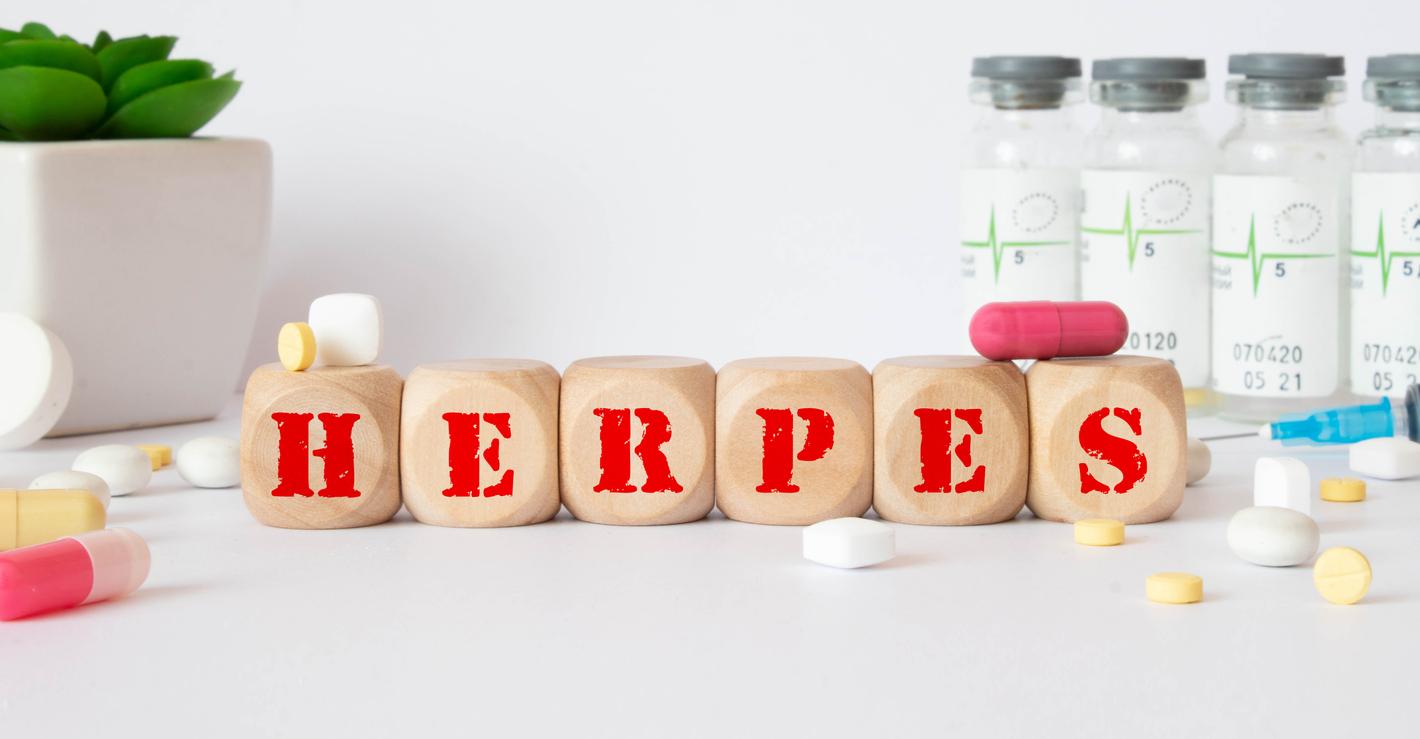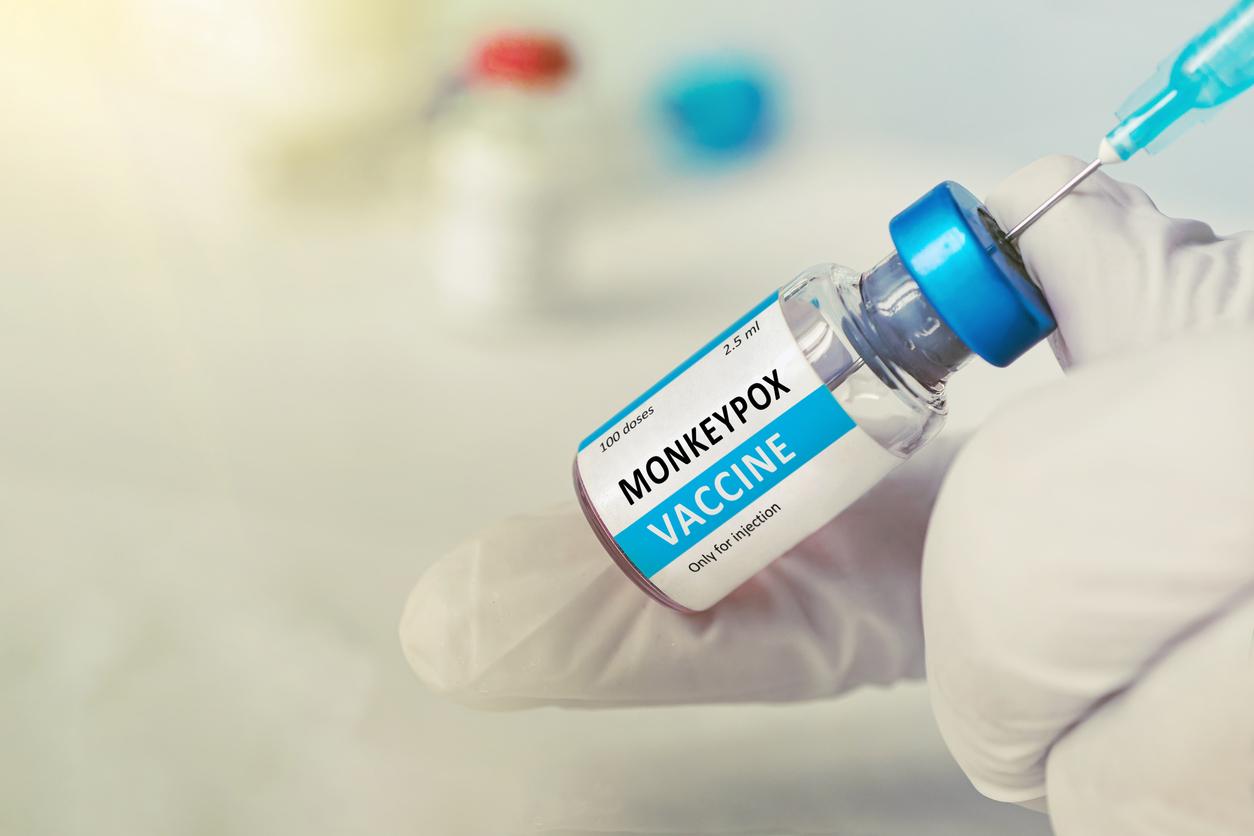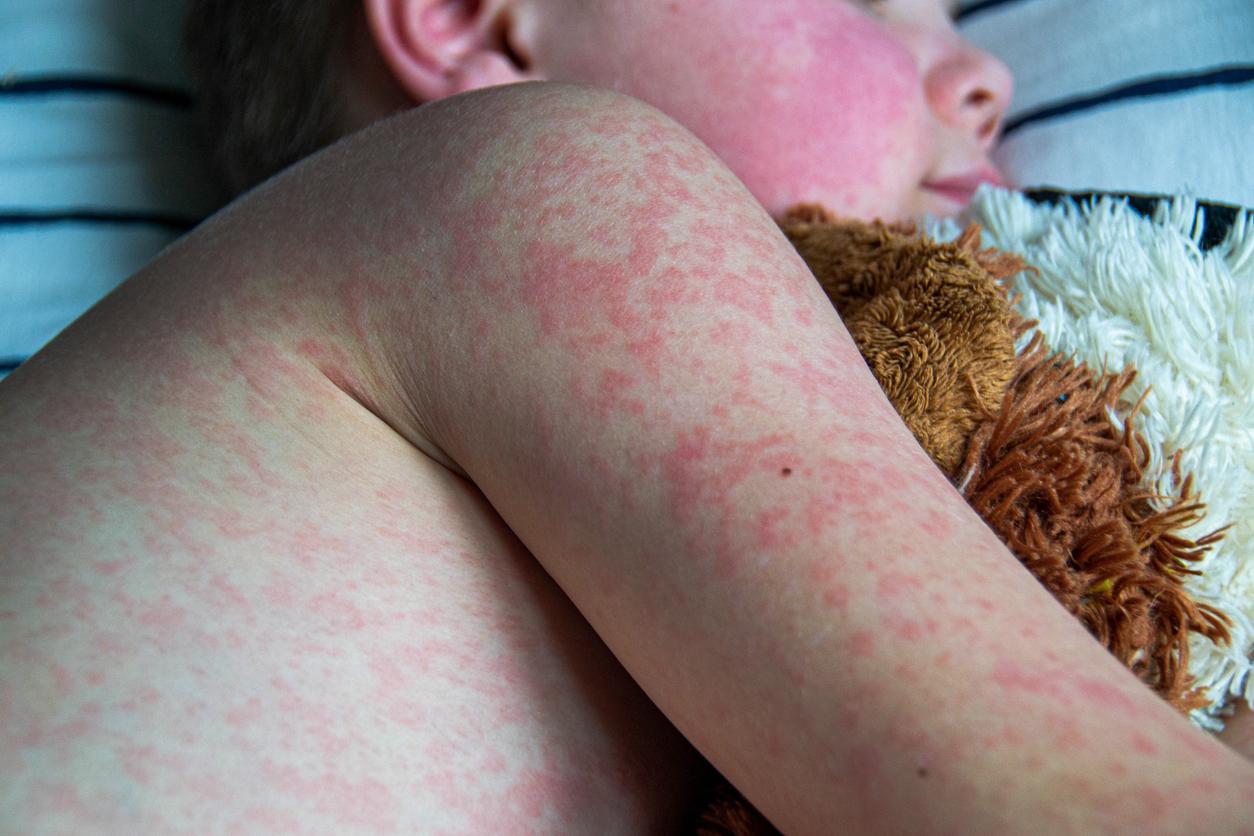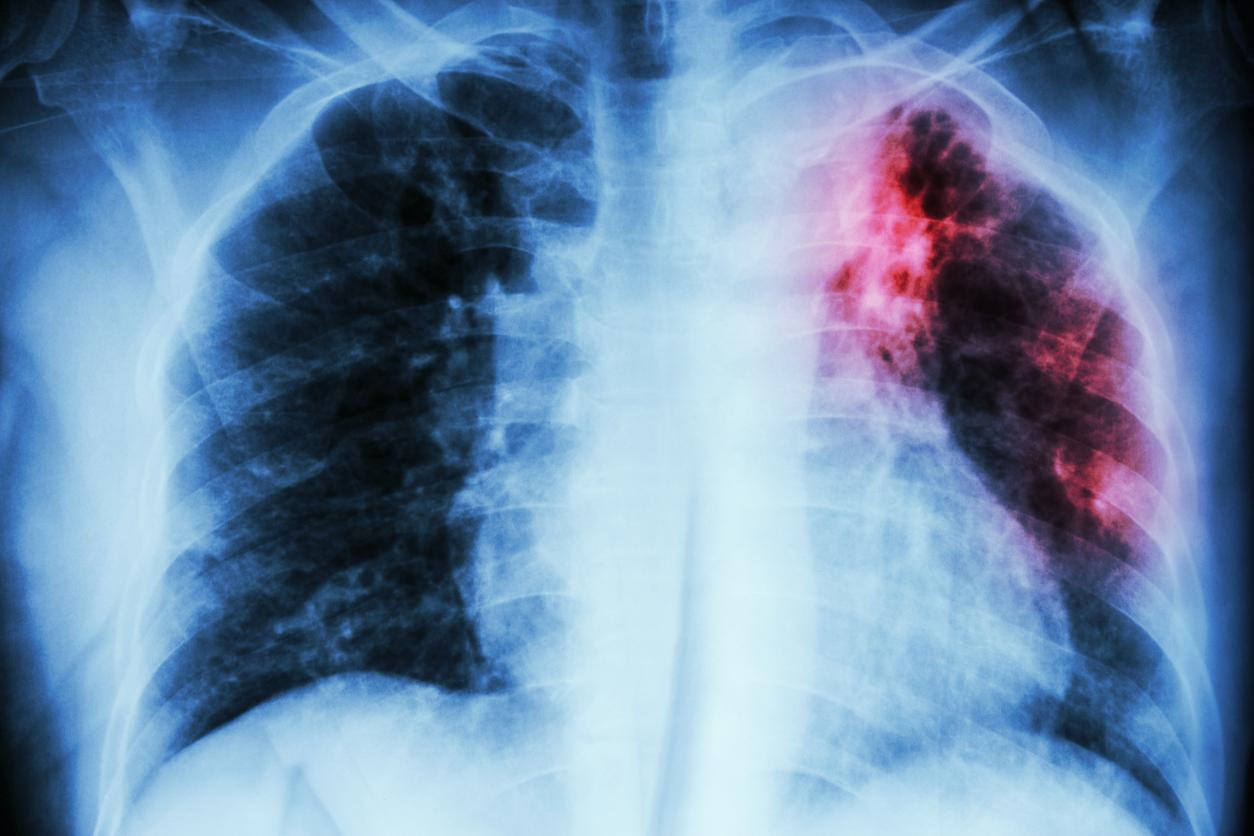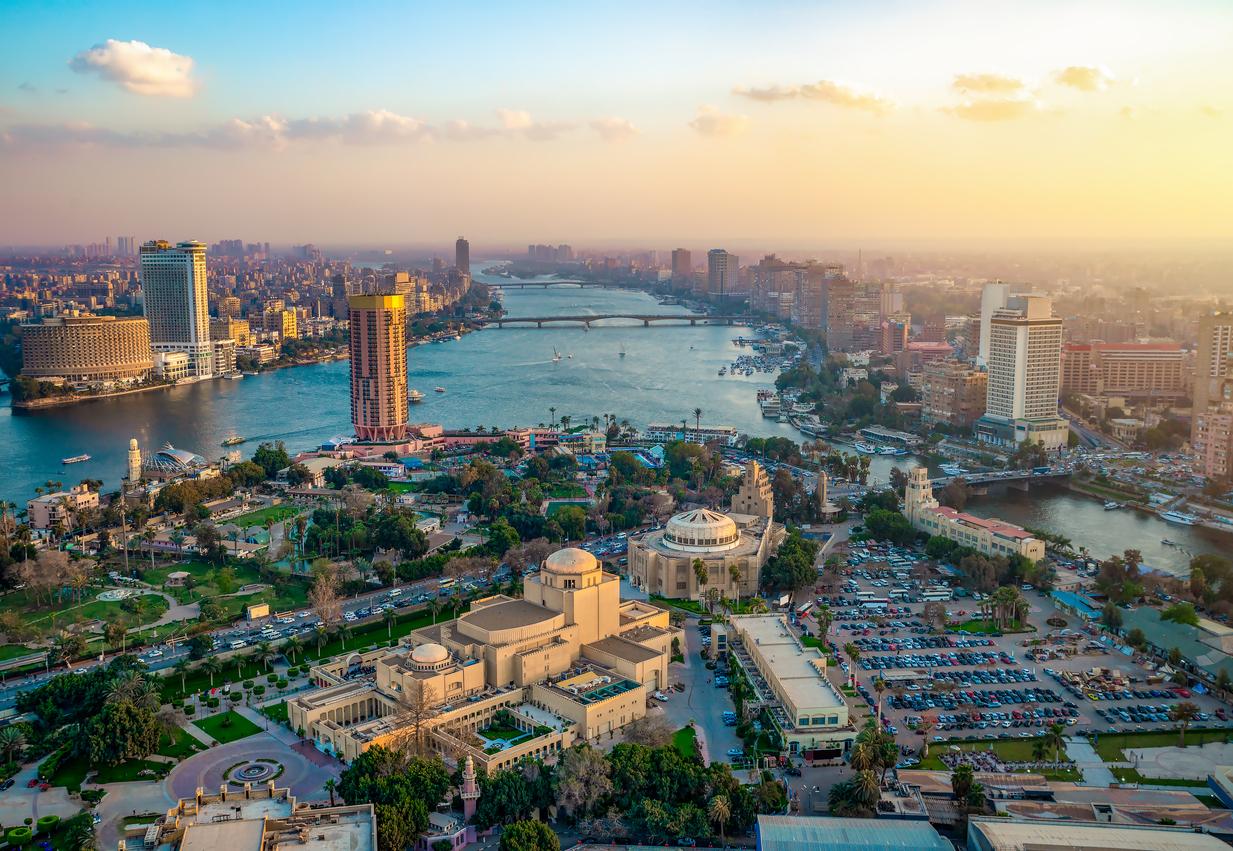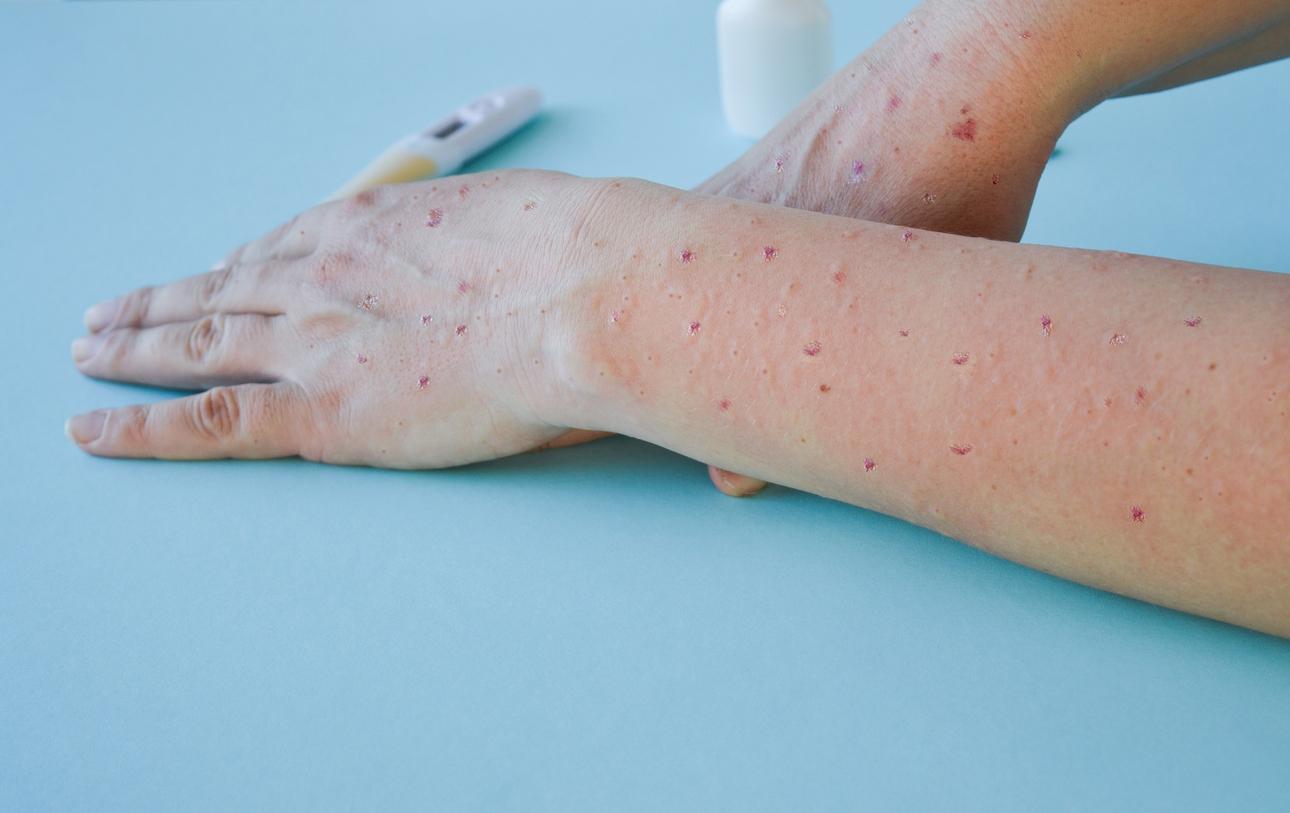To help the Indian Ocean island cope with the plague epidemic that has affected it for several weeks, the WHO has released $ 1.5 million, and health equipment.

In Madagascar, the toll of the plague epidemic continues to grow. The Ministry of Health now announces that 33 people have died, among the 231 affected. The World Health Organization (WHO) is helping local authorities and announces, this Friday, October 6, that it has delivered 1.2 million doses of antibiotics.
The drugs will be used “for curative and prophylactic purposes,” said the WHO in a statement. They will be used to treat 5,000 infected and sick patients, but also to protect up to 100,000 people at risk.
Throughout the country, health facilities, as well as mobile dispensaries, will be supplied. In the coming days, 244,000 additional doses will be delivered.
Money and material
WHO also provided disinfection products and personal protective equipment for health professionals, as well as for the organization of safe burials. These products were sorely lacking on the island.
An emergency fund of $ 1.5 million has also been made available for immediate assistance, “until more funding is received.” WHO has appealed for an additional $ 5.5 million.
Emergency measures
The epidemic outbreak is taken seriously by all health and political actors. On September 30, the Malagasy government announced emergency measures to contain it.
During a televised address, Prime Minister Olivier Mahafaly Solonandrasana announced the suspension in the capital Antananarivo from “all meetings or demonstrations”. In the city, six deaths from the plague had been recorded in a few days. “This is not a final suspension”, he said, but a provisional measure pending “the evolution of the fight against this disease”.
Measures to limit panic and the risk of contamination have also been taken at airports and bus stations.
Contact in bush taxis
The first case was identified on August 28, in Ankazobe district, in the center of the island. He died of one of the two main forms, pneumonic plague, in a shared taxi heading to the east coast. Two of his road neighbors were infected, and died less than 24 hours after meeting the patient. Soon, two women from the travelers’ family also died. One of them had, in the meantime, traveled by collective taxi.
Those infected, and those with whom they came into contact, had been treated, as well as their homes. Visibly insufficient measures, unless other patients were directly infected with rats. Rodents can indeed be vectors of fleas infected by the bacteria. Yersinia pestis, responsible for the disease.
60 dead in 2016
Plague outbreaks regularly affect the island of Madagascar. With the Democratic Republic of Congo and Peru, it is one of the last countries in which the disease is circulating. In 2016, it affected more than 60 people, and caused around thirty deaths.
“If detected in time, plague is a curable disease,” recalls Dr Charlotte Ndiaye, WHO Representative in Madagascar. By massively treating the sick and those at risk, the WHO hopes to put an end to the epidemic.
.








